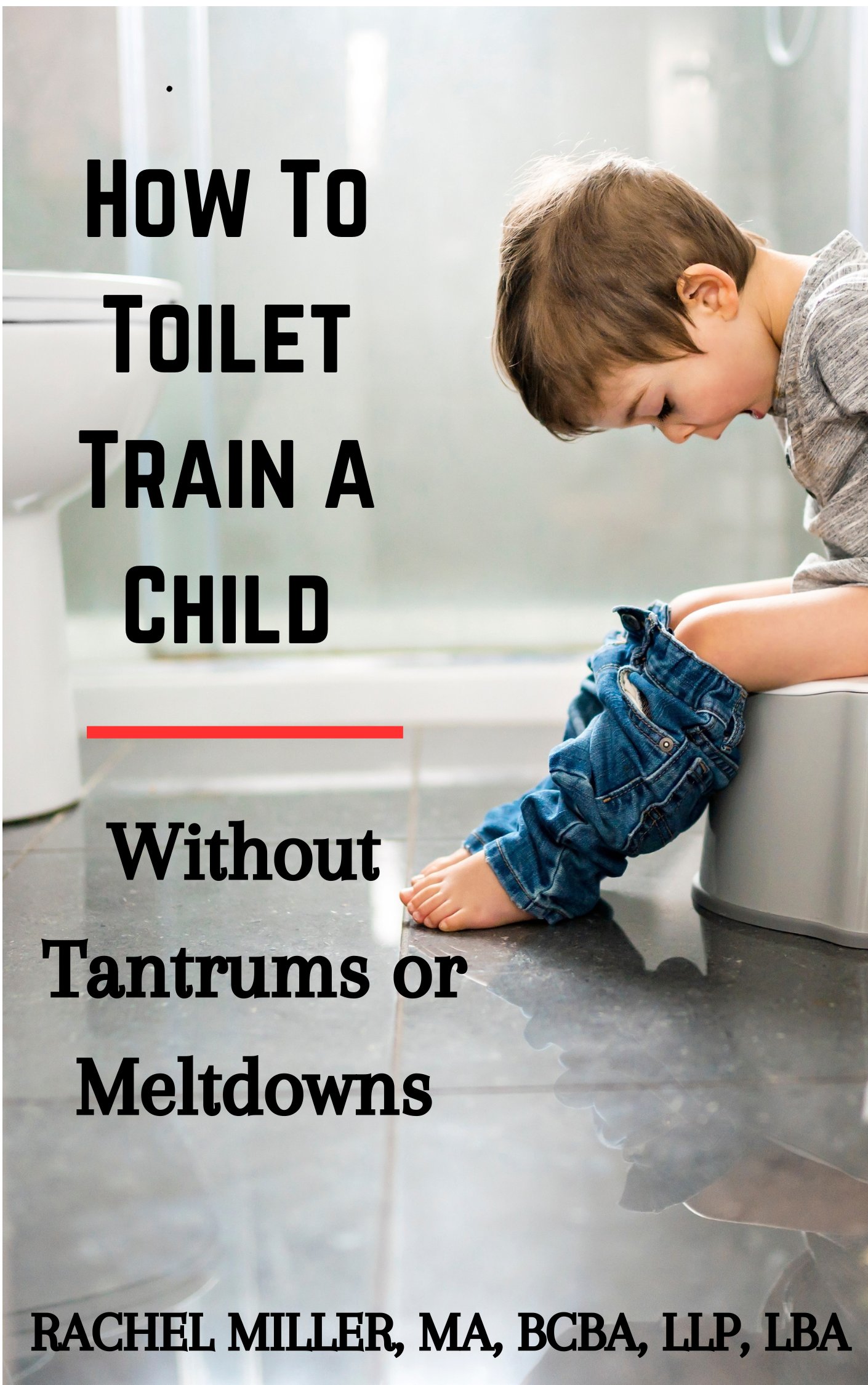ADHD Diet Plan for Children:
A Complete Guide to Better Focus and Behavior

If your child has been diagnosed with Attention Deficit Hyperactivity Disorder (ADHD), you may already know how challenging it can be to manage symptoms such as impulsivity, hyperactivity, and difficulty focusing. While medication and behavioral therapy are common treatment approaches, many parents are now exploring a natural path: creating an effective ADHD diet plan.
The food we eat is the body’s fuel. Just as a car cannot run properly without the right kind of gas, a child’s brain cannot function at its best without the right nutrients. A well-balanced diet plan can make a noticeable difference in mood, attention, and overall behavior. For children with ADHD, this connection is especially important because nutritional deficiencies and food sensitivities can often worsen symptoms.
This guide will walk you through the basics of an ADHD diet plan for children, including foods to avoid, healthier alternatives to include, and tips for building long-term, sustainable eating habits.
Why Consider an ADHD Diet Plan?
Many parents wonder if food really has that much impact on ADHD. The truth is that while ADHD is partly genetic and neurological, diet plays a huge role in how symptoms appear day to day. Certain foods may trigger hyperactivity, while others may stabilize mood and improve focus. For example, diets high in sugar and processed foods can cause blood sugar spikes and crashes that mimic impulsivity and distractibility. On the other hand, whole foods rich in protein, healthy fats, and complex carbs support brain health.
An ADHD diet plan doesn’t cure the condition, but it can complement other treatment options. In many cases, parents report fewer meltdowns, better sleep, and improved attention after making simple but consistent dietary changes.
ADHD Diet Plan: Foods and Ingredients to Limit or Eliminate

Before reaching for medication or complex therapies, many families find it helpful to try an elimination diet plan. By removing certain foods for a short period, then slowly reintroducing them, you can identify which ingredients might be making your child’s ADHD symptoms worse.
Here are the top categories to avoid in an ADHD diet plan:
1. Common Food Allergens
Corn, gluten, soy, eggs, and dairy are among the most frequent culprits. Even if allergy tests come back negative, sensitivities to these foods may still trigger hyperactivity or emotional outbursts. Try removing these allergens for two weeks and reintroducing them one at a time while monitoring your child’s behavior.
2. Artificial Colors and Dyes
Red Dye 40 and Yellow 5 are widely used in candies, snacks, and even vitamins, but research has shown that they can increase irritability, aggression, and hyperactivity in children. Many European countries have already banned these dyes, yet they remain common in the U.S. up until 2025 when it has become apparent that these things are extremely bad for us and are planning to be banned in the future. Parents often notice major improvements when these additives are removed.
3. Food Preservatives
Sodium benzoate, BHA, and BHT are linked to worsening ADHD symptoms. These preservatives are found in chips, cereals, and packaged snacks. The Feingold Diet, which eliminates artificial flavors, colors, and preservatives, has shown promising results in reducing ADHD-related behaviors per parent report. They offer the ability to obtain a list of all the safe foods to comply with their diet with
4. Excess Sugar
One soda contains more sugar than a child should consume in an entire day. Too much sugar leads to spikes in energy followed by crashes in mood and focus. Limit processed sweets, pastries, sodas, and candy. Instead, explore natural sweeteners like stevia, which do not affect blood sugar levels in the same way.
5. Caffeine and Simple Carbohydrates
Caffeine from soda, chocolate, and energy drinks can increase restlessness and sleep issues. Simple carbs like white bread and white pasta cause rapid blood sugar changes that mimic ADHD symptoms. Replacing these with complex carbs, such as brown rice, quinoa or sourdough bread is an essential part of a successful ADHD diet plan.
ADHD Diet Plan: Foods to Add for Better Focus

While avoiding certain foods is important, a truly effective ADHD diet plan focuses on adding brain-boosting nutrients. These foods help regulate mood, improve focus, and provide the body with the energy it needs to function properly.
1. Complex Carbohydrates
Swap white bread and pasta for whole grain versions. Brown rice, quinoa, oats, and vegetables provide steady energy without blood sugar spikes. Pairing these with proteins helps maintain stable energy levels throughout the day.
2. High-Protein Snacks
Protein helps regulate blood sugar and supports neurotransmitter production. Great options include organic turkey slices, nut butters, hard-boiled eggs, or smoothies made with protein powder, fruit, and flaxseed.
3. Omega-3 Fatty Acids
Studies show that children with ADHD often have lower levels of omega-3s, which are essential for brain health. Include salmon, tuna, flaxseed, chia seeds, or DHA supplements designed for kids. Many parents notice reduced hyperactivity and better concentration after adding omega-3s to their child’s diet plan.
4. Daily Multivitamins
Even with the best diet, it can be hard to get all the nutrients children need. Choose a multivitamin without artificial colors or preservatives. Whole-food-based vitamins are preferable because they’re easier for the body to absorb.
5. Fresh and Frozen Fruits and Vegetables
Aim to include a variety of colorful fruits and vegetables every day. Frozen produce can actually retain more nutrients than fresh options shipped across the country. Kids may resist at first, but introducing fruits and veggies gradually and in creative ways (like smoothies or veggie muffins) can make a big difference.
Practical Tips for Parents
Starting an ADHD Diet Plan
Building Long-Term Healthy Habits
Whether or not an ADHD diet plan drastically reduces symptoms, it still provides lasting benefits. Teaching children to eat whole foods, avoid processed ingredients, and value nutrition sets them up for a lifetime of healthier habits. Over time, this not only helps manage ADHD but also reduces risks of obesity, diabetes, and heart disease.
Every child is different, and no single plan works for all. But with patience, observation, and professional guidance, an ADHD diet plan can become a powerful tool for helping your child feel and function at their best.
✅ Bottom Line: A thoughtful ADHD diet plan isn’t just about restriction—it’s about providing the right fuel for the body and brain. By limiting harmful additives and focusing on nutrient-rich foods, you can support your child’s development, improve their attention, and encourage healthier habits that last a lifetime.
If you haven't already, be sure to check out my ebooks, now on Amazon!

